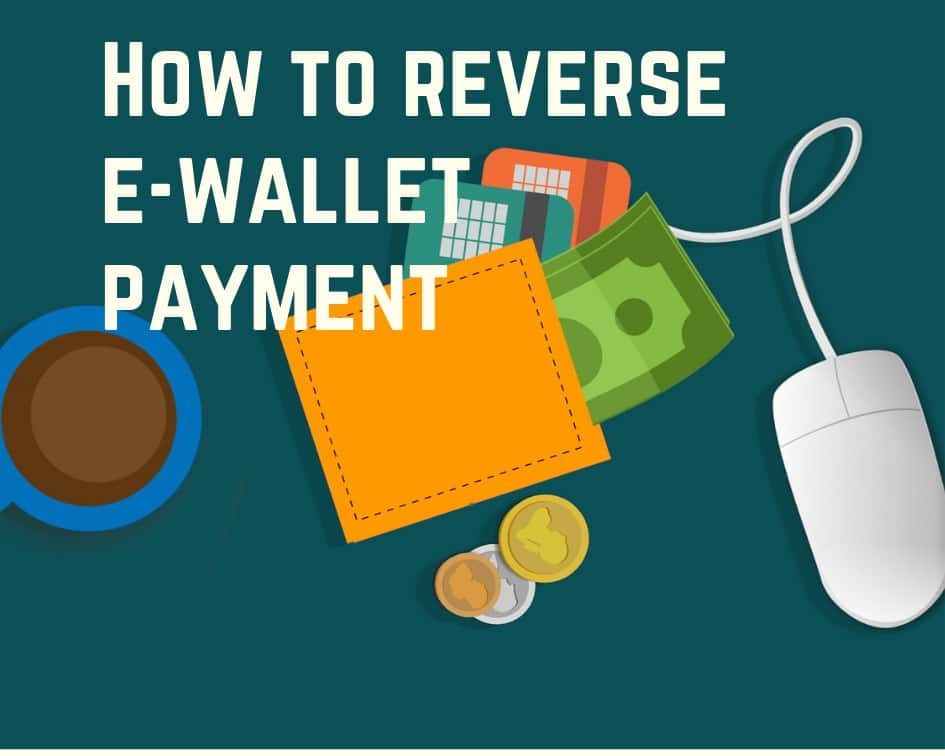

The independent variables are perceived usefulness (PU), perceived ease of use (PEOU), perceived risk (PR) and trust (T). In this study, there are four independent variables that will be adopted in determining the intention to use e-wallet. (2020) stated that the key variables of TAM which are perceived usefulness (PU), and perceived ease of use (PEOU) are the key determinants of using a new technology intentionally. (2003) stated that intention to use can be defined as the consumer’s interest and desire to try the new product and services. (2010), intention is a person’s willingness and eagerness to obtain something desirable. Therefore, it is important for researchers to know users’ intention in using e-wallet so that e-wallet platform developers can improve to serve users better. It brings many benefits to users as it offers quite a number of services. 3Į-wallet is a new market trend which has been widely used by everyone. TAM was developed by Davis in 1989 and it was developed based on a previous theoretical model called Theory of Reasoned Action (TRA). This is to ensure that readers can clearly observe the relationship with all the independent variables on the intention of university students to use e-wallet. Besides TAM, there are another two variables that will be used in identifying the intention for consumers to use e-wallet, which are perceived risk (PR) and trust (T).

Technology Acceptance Model (TAM) is partly adopted in this research to determine the intention of consumers using e-wallet. According to Qasim, Siddiqui & Rehman (2012), e-wallet is a mobile application that enables the consumers to make financial transactions. This study will use perceived usefulness (PU), perceived ease of use (PEOU), perceived risk (PR) and trust (T) to measure the acceptance of e-wallet among university students in Malaysia.Į-wallet is an application that enables user to use it when making purchases. Users believe that an e-wallet brings a lot of convenience in their life as technology helps users to complete their tasks in a faster and convenient way. Previous research carried out by Yap & Ng (2019), claimed that convenience, confidentiality and social influence are the contributing factors for people to use an e-wallet 1 application. Hence, this research will analyse the factors that affect university students’ intention to use an e-wallet by adopting the Technology Acceptance Model (TAM). Due to the advancement of technology, there are many e-wallet platforms that exist in the market such as Touch n Go, Boost and Grabpay. It allows people to acquire items that meet their requirements and desires in a more convenient manner. A user does not need to bring cash or a credit card while using an e-wallet. The usage of an e-wallet application to substitute a traditional payment method is a new trend among customers.


#EWALLET PROFESSIONAL DOWNLOAD#
Future studies could focus on other impacting elements such as risk, complexity, pervasive technology use and tech-savvy future generations.Īn e-wallet is a mobile application that allows users to download payment cards. This study, however, has certain limitations as it does not reflect the complete student population in Malaysian tertiary education and only examines four variables: perceived usefulness, perceived ease of use, perceived risk, and trust. Students, supervisors, academics, researchers, learning institutions, commercial organisations, and the government will all benefit immensely from the data and information gathered from this study as we will be able to examine and understand the factors that influence students' decision to use an e-Wallet for their daily financial operations. Descriptive analysis, reliability analysis, and multiple regression analyses were utilised to analyse the data in this study. The questionnaire was created using a nominal scale and a five-point Likert scale. Convenience sampling was used to select samples, and respondents completed the questionnaire using a Google form and a paper and pencil approach. The Technology Acceptance Model (TAM) serves as the theory underpinning this research A total of 140 respondents from a Malaysian private institution participated in this study. Hence, this research analyses the factors that affect university students’ intention to use e-wallet. It enables users to make purchases in a more convenient way. With E-wallet, a user does not need to bring cash or a credit card along with them. It is a new trend for consumers to use an e-wallet application to replace the traditional payment method. E-wallet is an application that enable users to download payment cards using a mobile device.


 0 kommentar(er)
0 kommentar(er)
